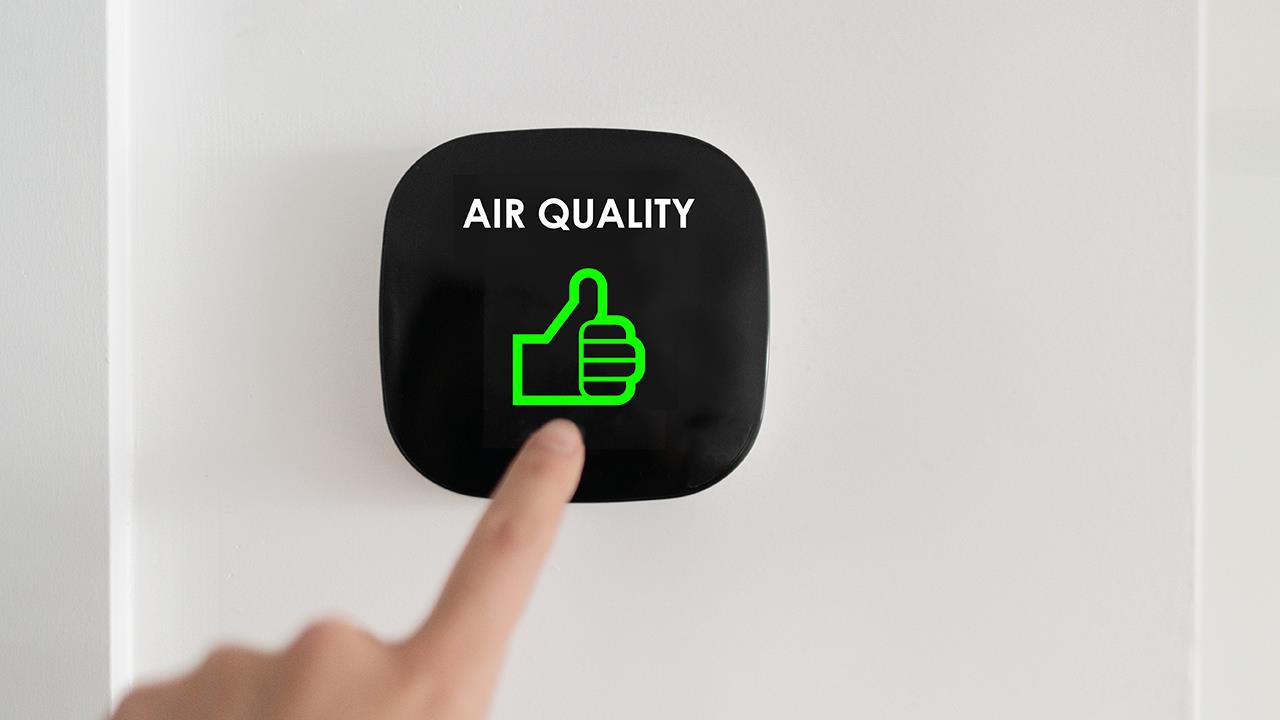

Recent times have meant that many industries have had to rethink air quality and UK businesses are no different. From the issues around ventilation surrounding COVID and the ongoing global pandemic, to safety standards worldwide, it’s clear that it is becoming even more of an issue. Christopher Millett, Technical Sales Manager at Remco, an electric motor specialist for HVAC, explains what can be done from a practical perspective.
Ventilation has been highlighted as something that has directly contributed to infection rates of coronavirus during the ongoing pandemic and there have been calls suggesting that the industry needs something of an overhaul. The question then must be asked, can things be improved quickly and efficiently?
Good ventilation has been linked to health benefits such as better sleep and fewer sick days off from work or school. Where ventilation does not prevent infection, it certainly keeps cases down as the airborne particles are taken away rather than remaining in rooms or spaces that many people pass through.
The real concern should be that as the world has passed through one global pandemic, is it prepared for another? What if the next threat is more virulent or easily caught? Many believe that to be complacent, especially when it comes to preventative measures is dangerous.
Official guidance and concerns
It should be noted that lately, several organisations have made the call for the UK to better manage its expectations when it comes to ventilation. Indeed, a new piece of indoor air quality guidance produced by the Building Engineering Services Association aims to address concerns about the ‘significant number’ of under-ventilated buildings across the UK.
The guidance looks at the role of ventilation, filtration, and air cleaning solutions. It also considers specifically how they can be used by building owners and operators to reconsider how air quality is monitored and subsequently managed.
A major focus of the document is stating the importance of ensuring buildings are able to meet a recommended ventilation rate of 10 litres per person, per second of clean air.
This is being reflected across the building industry too. The new president of the Chartered Institution of Building Services Engineers has stated that providing healthy and resilient buildings "has never mattered more” than now.
Kevin Mitchell, the body’s new leader, said new expertise was needed to address the challenges posed by coronavirus. Underlining the issue, he suggested that healthier homes, offices, and indoor spaces were not just important as a response to the immediate issue of the COVID-19 pandemic, but also to prepare for any future public health and safety matters that arise.
The UK in particular seems to favour ventilation and air circulation purely for comfort, to heat or to cool down rooms. Conversely it is heavily used in industries where legal requirements dictate, but not in general offices or places of business.
Government advice not only gives instructions to business owners that they should ensure these changes take place in regards to ventilation but also asks that workplaces teach their staff to also be aware of ventilation both from a basic level such as opening windows or having air flow through rooms, to ensuring mechanical ventilation is utilised if it exists.
How to make changes
The easiest way to change this is to seek out cost-effective ways of installing, or improving ventilation. Simple steps are to investigate the various methods of providing ventilation, be this through using existing ventilation equipment and systems or by modifying existing infrastructure to provide an adequate way of providing clean air.
One solution is to look into retrofitting, taking into consideration the benefits, which include lower cost, high efficiency, and quick turnaround. In many cases, existing fan units can be modified with a single part to not only become more efficient, but more cost effective too. Fitting a new or replacing an entire ventilation system can be costly and can take weeks or even months to fit.
Retrofitting can offer the double benefit of being relatively low cost, but also ensuring that the latest ventilation technology is at your disposal. More efficient fan motors in particular being something that the industry is slowly moving towards as a preferred setup.
Something to also consider is that every fan unit has a natural lifespan. If your setup hasn’t been inspected for an extended period of time, then it may well be time to seek out a review or to do an overall survey of how efficient or effective your setup might be. Preparation or at least a roadmap is essential when it comes to ventilation, the sooner we all act, the better.
If you'd like to keep up-to-date with the latest developments in the heating and plumbing industry, why not subscribe to our weekly newsletters? Just click the button below and you can ensure all the latest industry news and new product information lands in your inbox every week.